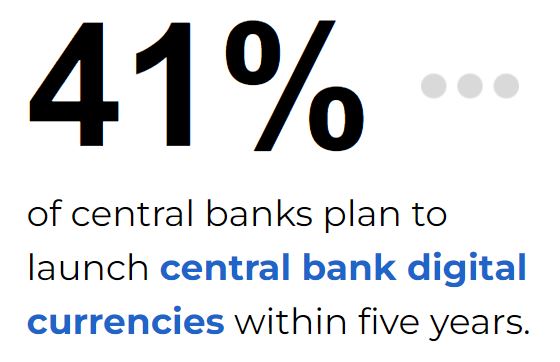Blockchain technology offers transformative potential to address these issues by streamlining processes and reducing costs.
The PYMNTS Intelligence report “Can Blockchain Solve the Cross-Border Payments Puzzle?” explored how blockchain could revolutionize cross-border payments, assessed its current adoption and examined the future implications for financial institutions and businesses.
Understanding the Drawbacks of Traditional Rails
High fees and slow processing times dominate the list of problems with traditional cross-border payment systems. Methods rely on correspondent banks and clearing houses, introducing inefficiencies.
For example, consumer cross-border payments often incur bank fees averaging over 11%, which can erode the value of smaller transactions. B2B payments are impacted, with fees averaging 1.5% and processing delays up to several weeks. Nearly half of Citibank’s corporate clients identify high costs as a pain point, and 59% cite slow speeds as an issue.
The lack of transparency in traditional payment systems worsens existing challenges. In 2023, U.S. eCommerce firms experienced an 11% failure rate in cross-border transactions, resulting in $3.8 billion in lost sales. The difficulty in identifying the cause of failure impedes recovery efforts and erodes customer trust, underscoring the need for a more efficient and transparent payment solution.
Advertisement: Scroll to Continue
Blockchain Redefines Cross-Border Payment Systems
Blockchain technology addresses the inefficiencies of traditional payment systems by using distributed ledger technology (DLT) to enable direct transactions without intermediaries. This approach reduces costs and speeds up settlement times, with transactions potentially completed in seconds rather than days.
According to the report, permissioned decentralized finance (DeFi) could lower transaction costs by up to 80% compared to traditional methods. Features like automated recordkeeping and smart contracts enhance transparency and efficiency, while stablecoins, pegged to fiat currencies, mitigate volatility concerns. Visa and Shopify have partnered separately with Solana to test stablecoin payments, highlighting blockchain’s growing acceptance.
Similarly, PayPal’s cross-border money service Xoom allows users to make transactions with PayPal’s USD stablecoin, indicating the broadening appeal of this usage beyond blockchain enthusiasts.
Permissioned blockchain models improve security by restricting transactions to verified participants, making blockchain more appealing to financial institutions and central banks.
Advancing Blockchain Solutions for Cross-Border Payments
The momentum for blockchain-based cross-border payments is growing, driven by initiatives from financial institutions, FinTechs and central banks.

In March, the Solana network processed $1.4 trillion in stablecoin transactions, highlighting blockchain’s scalability and benefits. Central banks are also advancing blockchain technology, with the Bank for International Settlements collaborating on Project Agorá to integrate tokenized bank deposits with central bank money. Additionally, 41% of central banks worldwide are considering launching central bank digital currencies in the next five years, signaling a trend toward blockchain to enhance cross-border payments.
Traditional cross-border payment systems are increasingly inadequate in today’s fast-paced global economy due to their inefficiencies. Blockchain technology offers a promising alternative by reducing costs, speeding up transactions and enhancing transparency.
Businesses engaged in international trade could benefit by adopting blockchain, overcoming the limitations of antiquated systems and achieving greater efficiency and reliability in their transactions.





